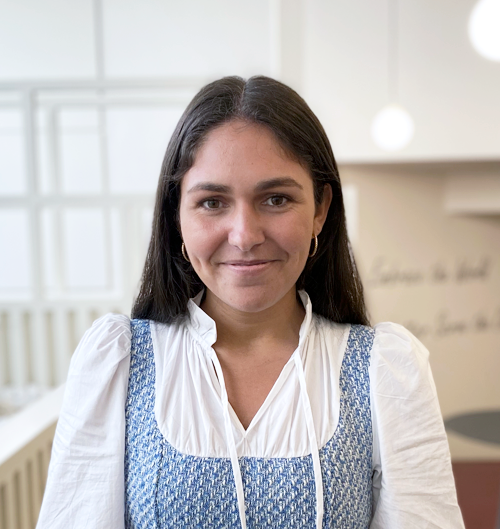The feminist economy considers that making care work visible is necessary to understand and ultimately transform the workings of the economy towards one that is fairer and more equitable. It is crucial to understand, on the one hand, how care produces and contributes to producing economic value (care economy) and, on the other hand, how care is organised and distributed (social organisation of care).
By care, we refer to those practices that people need to carry out in order to survive in their daily lives. They include: self-care; caring for other people, dependents such as children, the elderly, people with disabilities, but also for those who are not; ensuring the conditions for caring, preparing food or cleaning the house, for example; and managing care tasks, coordinating schedules, carrying out bureaucratic procedures or scheduling visits to the health centre.
Among the agents that produce and distribute care are families, the State, the market and community organisations. This production and distribution is unequal, to the extent that it is families and, within them, women who take on care tasks. In the Basque Country, within the household itself, women assume 67.2% of care and household tasks (Eustat 2021). In this context, the State's participation in care is ad hoc, providing support to households in vulnerable situations or through school education. And what about cities? Can cities be designed to care? Can cities contribute to a more feminist and equal economy?
With the incorporation of women into the workforce from the 1970s onwards and the centrality of capital in the interactions between people, the city has tended towards a form of organisation called 'teleocracy' according to Alexander, Mazza and Moroni (2012). This form of organisation promotes a hegemonic lifestyle and is focused on responding to the needs of first-degree citizens, according to Chinchilla (2021). These are middle-aged, middle- and upper-class people who work and own or rent urban housing stock. They may be women, but they are mostly women who are mothers, married, without disabilities and white.
This form of city organisation, according to Kern (2021), does not sufficiently consider care work. This is reflected in the lack of playgrounds or supermarkets near residential areas. In the absence of infrastructure, those families who can afford it resort to the cheap labour of other people, usually foreign women. According to the ILO (2019), the majority of paid care workers are women and often migrants who, in many cases, work in the informal economy and do so in very precarious conditions and for very low wages.
Understanding that outsourcing care work contributes to deepening inequality among women, Kern proposes moving towards a city that "makes care work and social reproduction tasks that are more collective, less strenuous, and more equal" (2021: 63). These ideals are materialised in housing solutions such as co-livings: spaces in which people with similar interests and needs, elderly people, for example, share their home or block of flats, allowing them to work together to provide a solution. Models such as Superblocks in Barcelona or the 15-minute City in Paris are also examples of the desire to include this logic of care in urban development policy.
A city that cares, as Chinchilla explains, is first and foremost a city that actively takes into account not only the needs of first-degree users, but also those of the rest of the population. It is a 'permeable' city and allows public and private activities to be connected, thus enabling social production and reproduction. It is about populating the city with services and amenities to also shop, play or spend leisure time in addition to working or consuming, and without having to fulfil a series of conditions of age or economic status to enjoy them. Furthermore, according to Chinchilla (2021: 52), it has enough quality, detail and uniqueness to be considered a common and meritorious achievement by the community that utilises it and to contribute to the construction of identity.
A city that cares is a city conceived from care as a transversal axis that transcends all policy areas and actions that can be carried out by an urban government. Urban policy in all its spheres and city governments are key: either they promote it, or they can do the complete opposite. It is a question of thinking about who and what we are building cities for.

Claudia Icaran
Claudia works as a predoctoral researcher at Orkestra. She has a degree in International Relations from the University of Deusto and completed her studies with a Master's Degree in Governance, Development and Public Policy at the University of Sussex.

Miren Estensoro
Miren Estensoro is a Researcher at Orkestra-Basque Institute of Competitiveness and a lecturer at Deusto Business School. She holds a PhD in Economics from the University of the Basque Country. Her research area is mainly local economic development, territorial governance and multi-level coordination of competitiveness policies.













